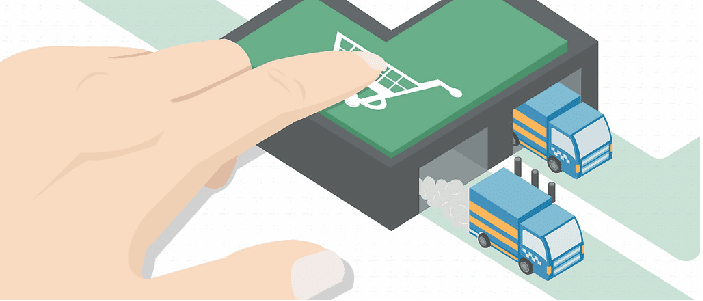When you decide to take your business to a higher level and start an online shop, you are bound to be hit by a slew of information.
Even with a firm grasp on how to conceptualize an online store, it is always good to make sure you know about all the fine details that make up the customer experience.
There are countless stories of success after just a few tweaks of the store’s website, and yours can be one of them.
Not to mention the excitement of creating a customized, comfortable place to which your customers will gladly come back.
Mobile Friendly
It is imperative in 2017 that you make your website mobile-friendly, so this point hardly comes as a surprise.
Because mobile devices have become so embedded in our everyday way of life, making your web store mobile friendly is mandatory.
Numbers alone are the best incentive – in 2015 alone, the Australian ecommerce scene witnessed a whopping 35% of transactions made on mobile devices.
That is a great amount of revenue earned through mobile shopping alone!
Re-platforming your website for handheld devices will earn your business more traffic and revenue, as it would reach out to a much wider audience.
[Editor’s Note: Mobile friendliness is also a key factor in Google’s latest SEO algorithms – if you want to rank on mobile searches, you need a responsive or mobile optimized website.]
Sliders
The homepage slider is a key feature that many ecommerce websites employ.
Sliders are large scale images featured on the homepage that usually take up a significant portion of it, which can be slid left or right, like when browsing through a catalog.
Sliders are there to help users get a quick review of the highlighted products, discounts or events. However, there are quite a few customers who completely skip this and go straight to the search button.
The best approach would be to keep the number of images on the slider limited to as few as possible and put the most prominent “news” first.
That way, you lessen the chance of a good deal or product being completely overlooked by your visitors.
A Customized Experience
The homepage is not the only page – every part of your site needs full attention.
The sign-up page should feel welcoming and be easy to navigate.
The checkout page should be as clear and concise as humanly possible – with little to no “fluff”, so as not to distract from the action of purchasing.
The best thing you can do is to build the website experience according to the target demographic (bright, vibrant colors for adolescents, simple and toned down backgrounds for men, and so on).
Exploring the psychology of your potential customers and getting a tailor-made design is bound to hit home and account for customers’ return, according to experts from Nirmal web design in Sydney, Australia.
Customer Ratings
When it comes to the quality of goods and services, we all tend to place our faith in other people and their experiences with these products and services.
Customers or not, people are eager to see user reviews on whatever you are offering.
Here are two ways to take advantage of reviews on your ecommerce website:
- Integrate a five-star or a 1-10 scale rating system below every product, and make it easy to grade the quality with as few clicks as possible
- Create a separate landing page with top user reviews, featuring short blurbs written by registered customers, which can draw even more views
Whichever approach you choose, it is good to treat your website like an actual, physical store where people would converse with each other and browse through freely. This kind of strategy will give visitors that feeling of human involvement.
Experiment with a Product Gallery
Along with the design of individual pages, you can play around with the presentation of your product photos. Ebay and Amazon contain detailed shots of their products, to show every possible view and angle of it.
But when you think back on the old fashion magazines with their seasonal collection splayed out across several pages, their images sold not a product, but a lifestyle.
Every successful salesman knows that people are more likely to buy a product when they can envision themselves with using and benefiting from it.
As an experiment, you can try to base image galleries of several items around a particular lifestyle they invoke, or the one that would fit in with your target demographic. The results just may surprise you.
Conclusion
With the rise of online shopping, and the incredible amount of revenue mobile shopping can amass, it has now become very lucrative to create an ecommerce website.
Physical stores are still being visited, but the ease and speed of online shopping gives a whole new user experience.
As a result, companies are rewarded with a far greater traffic, and return on investment.
There are always new ways to build and improve a web store, all you have to do is find the one that caters to your customers the best.
Featured Image Credit: CC 0; Public Domain. View original image on flickr.com.
Disclaimer: The views and opinions stated in this post are that of the author, and Return On Now may or may not agree with any or all of the commentary.
Sam Cyrus
Latest posts by Sam Cyrus (see all)
- Using Heatmaps to Increase Website Conversion Rate - September 14, 2017
- Essential Design Aspects for eCommerce Websites - May 30, 2017
- How to Create High Quality Landing Pages that Convert - January 17, 2017





